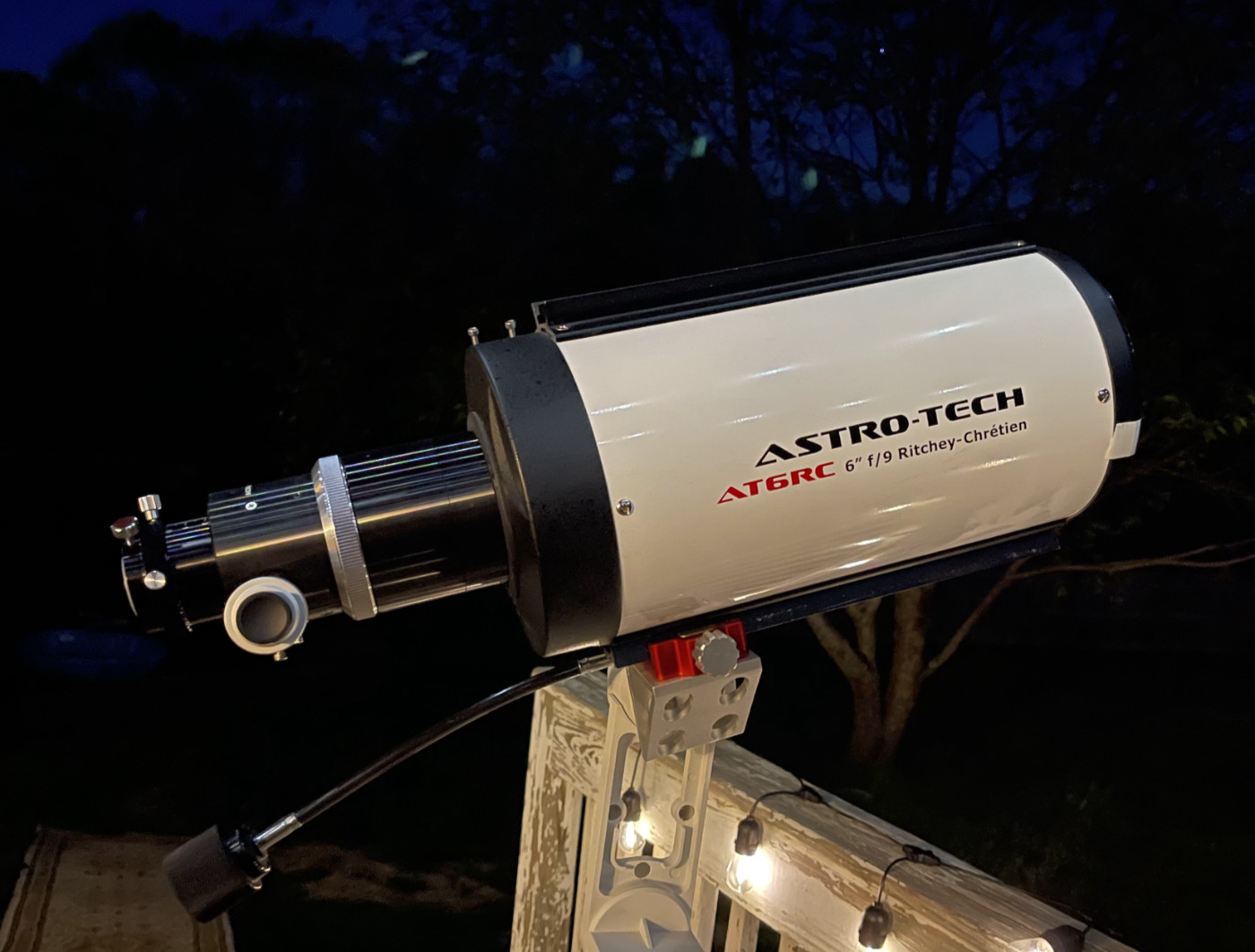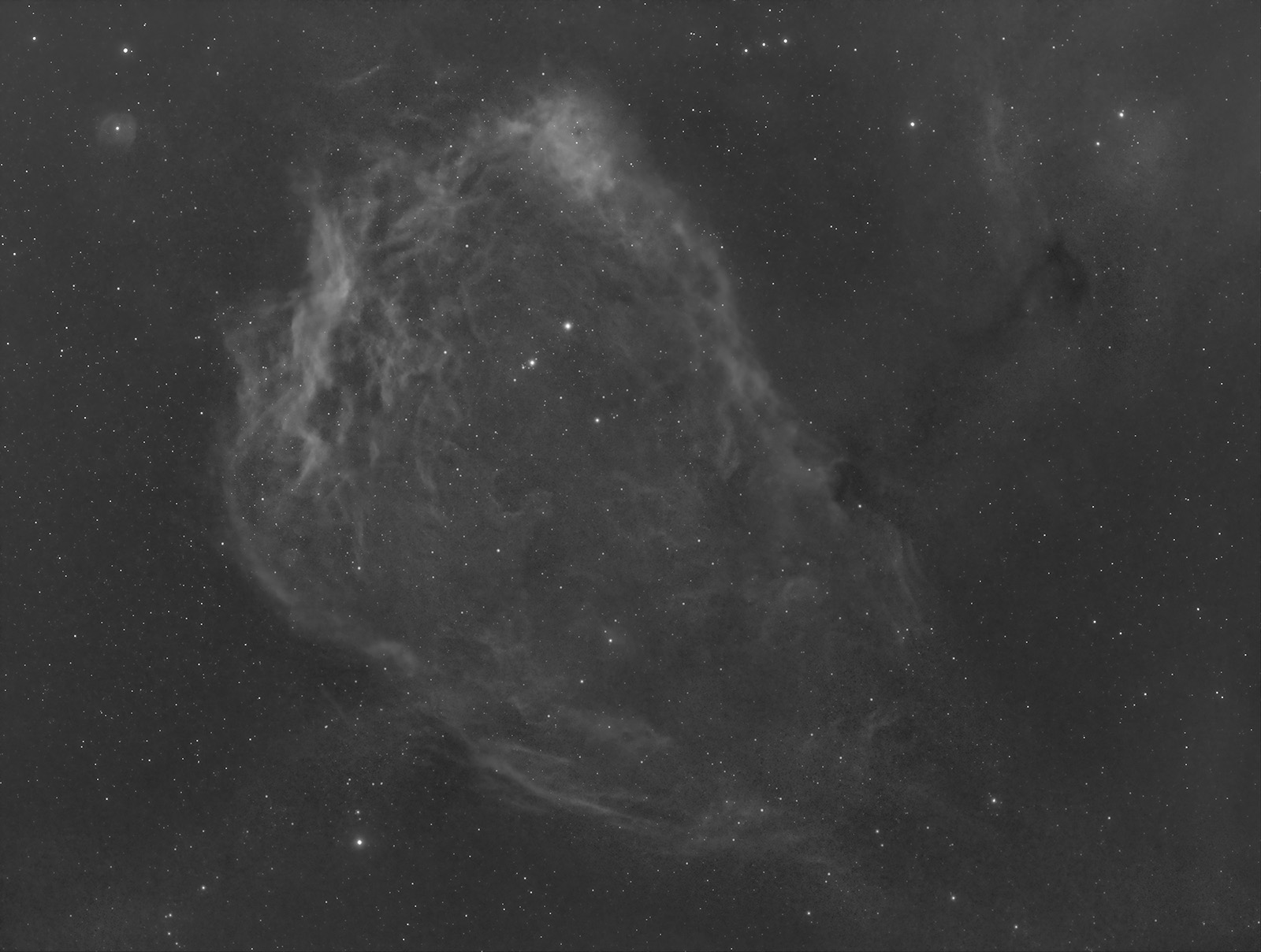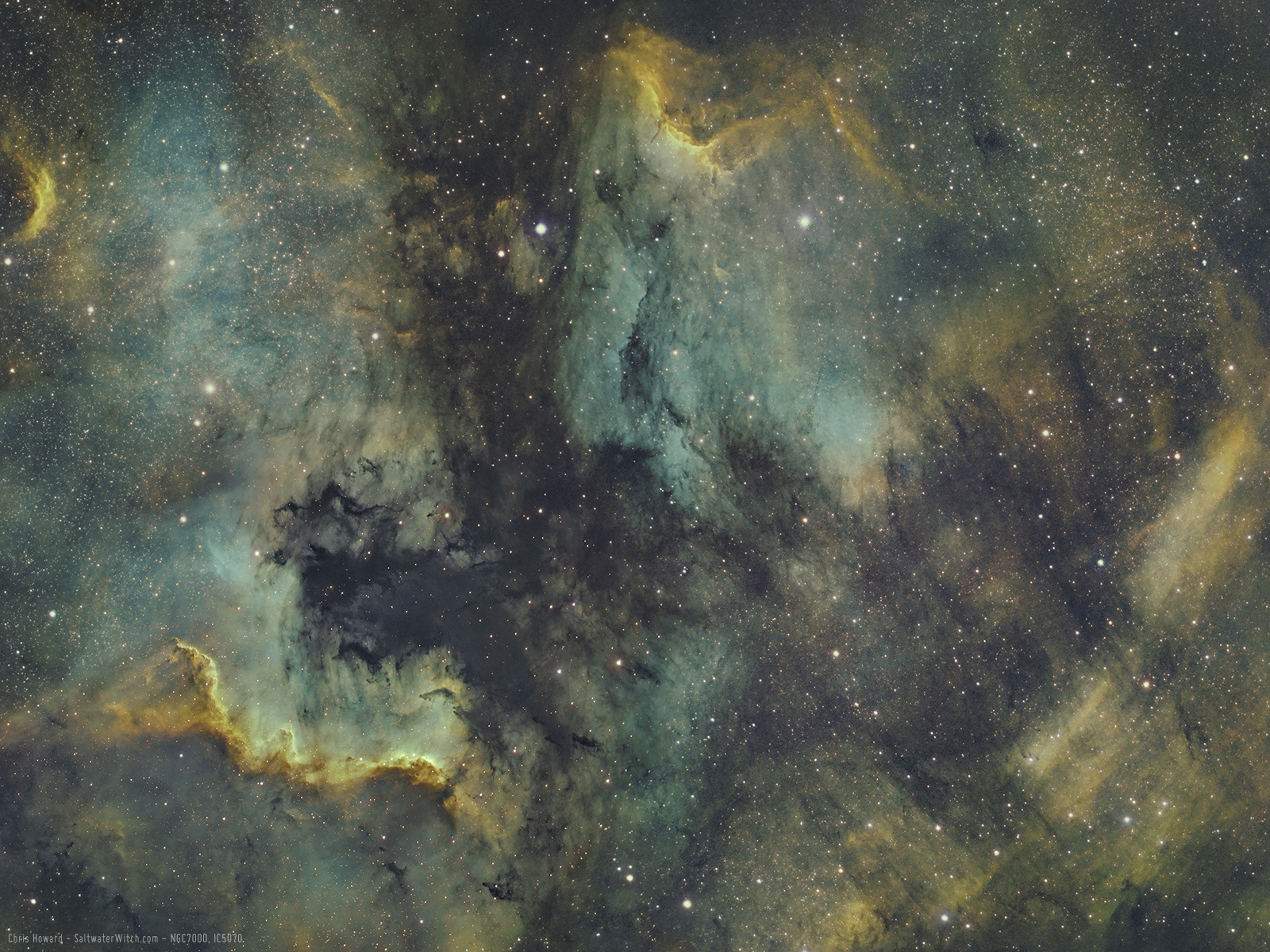Sony A7s Test with a Waxing Moon
There's a beautiful moon out there this evening! This is from my first set of test shots with my Sony A7s on the 1350mm f/9 Astro-Tech AT6RC.


[Update: I shot this with the Sony A7S on the Astro-Tech AT6RC 1350mm f/9 scope while preparing for the total lunar eclipse May 15-16th, 2022. Unfortunately, the clouds moved in a day after taking this and didn't leave until after the eclipse. So I missed the main event, but did get some pretty nice test shots. This is a single exposure, f/9, 1/60 sec at ISO 400 with the Sony Full-frame A7S]. Here we are around 9:15 pm, this time with the Celestron UHC/LPR Filter:

Here's the AT6RC scope:

Posted May 13, 2022
I bought an old camera!
I bought an old Sony A7s because it's a full frame camera with 8.4 micron pixels, and because it's the smallest full frame camera I've ever seen. Also because at the 1350mm focal length of the Astro-Tech AT6RC with the .8x field flattener, I'll end up with 1.6"/pixel resolution, which is damn near perfect for my skies. So, do I care about the "star eater" problem? Not that much. The nebula-imager in me is saying "Thanks, Sony. Can you make it eat all the stars? I hate lots of one-pixel stars more than I hate a full moon". But from the person who actually has to spend $700 USD, I'll see how it goes. For now I'm not going to worry about it—just going to try to take some cool shots. I may have this camera modified to let in more at the red end of the spectrum. Time will tell if my decision to buy a seven year old camera was right, but for now, it's definitely fun to use—and did I mention it's full frame?
Seriously, what about the Sony "Star Eater" issue? As I understand it, the general problem is the Sony line of A7 and A9 mirrorless cameras can confuse hot pixels with undersampled stars, i.e., stars that resolve to 1 pixel or less (and less means they will always resolve to one pixel). I think the reason this hasn't been fully corrected in firmware is because it can't--the hot pixel correction happens at read-out time. It's built into the sensor read functions that also handle read noise, shot noise, fixed pattern noise. That's my guess. Not certain about that. Anyway, with clear skies and great seeing, the typical resolution recommendation is 1 to 2 arcseconds per pixel. If your system (camera + scope) has a resolution higher than 4 or 5 arcseconds/pixel (undersampled) then a lot of the stars in the sky will appear as single white pixels or a small blocky group of pixels—and I'm guessing some of these look like hot pixels to the read function. If you go below 1 arcsecond/pixel in resolution then you're oversampling and stars can appear bloated and soft, covering several pixels. So, it seems that the closer you can get to 1-2 arcseconds/pixel the better your chances of avoiding the "Star Eater" issue. Maybe? For details: https://www.lonelyspeck.com/sony-star-eater-and-how-to-fix-it. Another good article here: http://www.markshelley.co.uk/Astronomy/SonyA7S/sonystareater.html

Posted May 12, 2022
Narrowband "Flying Bat" Nebula in Ha (sans squid)
I finally started gathering Hydrogen-alpha data for the Flying Bat nebula (Sh2-129) in the constellation Cepheus. What you do not see in Ha is the large, squidlike structure of oxygen that stretches from the top corner of the Bat, through those bright stars, to about the middle of the nebula For the "Squid Nebula" (OU4) I need to come back on another night to capture the OIII. The small circular reflection nebula at the top left is vdB-140. The dark nebula on the right is Barnard 152.
Notes: 67 x 300 second subs, stacked in DSS. Gear: William Optics SpaceCat51 Apo Refractor, ZWO ASI1600MM-Pro mono camera, Antlia Pro 3nm Ha filter, Sky-Watcher EQ6R Pro equatorial mount.

Posted May 12, 2022
IC 1396 in Ha
IC 1396 is a large circular emission nebula and star cluster in the constellation Cepheus. (If this general shape looks familiar, compare IC 1396 to the Rosette Nebula in Monoceros in terms of the roughly circular structure and that central bowl being carved out by the radiation from a batch of overenthusiastic core stars). The brightest star in the frame, on the right, is the Garnet Star (mu Cephei), which is actually farther away than most of the gas, dust, and other material in the frame, and is one of the largest known stars (1,650 times the size of the Sun). The bright star in the center of IC 1396 is HD 206267, a variable double star. It is the intense radiation and stellar wind from the core star cluster, including HD 206267, that drives the expansion of the circular shell of dust and ionized hydrogen. This bright circular structure is over a hundred lightyears across. The "Elephant's Trunk Nebula" (VdB 142, Van den Bergh 142, IC 1396A) is the towering structure running up the center from the bottom of IC1396. There are a bunch of Barnard Catalogue dark nebulae in the region, including Barnard 161, above and to the right of the Elephant's Trunk, with B 163, 160, and 365 along the left. To give you a sense of the size of IC 1396, you're looking at roughly 600 trillion miles from top to bottom (965 trillion kilometers).
Imaging Notes: 64 x 240 second subs in Hydrogen-alpha, stacked in DSS, over 4 hours of data. Gear: William Optics SpaceCat51 Apo Refractor, ZWO ASI1600MM-Pro mono camera, Antlia Pro 3nm Ha filter, Sky-Watcher EQ6R Pro equatorial mount.

Posted May 10, 2022
Triangulum Galaxy, Picking Favorites
M33, the Triangulum Galaxy in Ha+RGBColor with the SpaceCat51 and ZWO ASI071MC cooled color camera + Atik 414EX monochrome camera. I processed some 2018 and 2019 data to see what kind of detail I can get out NGC 604--that's the large pink mass at the middle bottom of the galaxy in this rotation. NGC 604 is a vast HII region, much brighter and 40 times larger than the Orion Nebula in our galaxy. M33 is a little under 3 million lightyears away.
Andromeda (M31) was the first deep sky object I captured with a camera--an old Nikon D40x DSLR. The Orion Nebula (M42) was the second. For many years M31 was my favorite galaxy and it is in many ways the ideal galaxy; it's a massive spiral at the perfect photographic angle from our perspective, here in the middle of our own galaxy. At two and a half million lightyears, it's not far away. And while M101, the Pinwheel Galaxy, is perfect from a galactic structure point of view, being a face-on from our perspective (or top down), Andromeda is cinematically posed for all of us taking pictures from earth. Galaxies are not really my thing. I usually focus on narrowband imaging of nebulae, supernova remnants, and other large structures within the Milky Way--so, thousands of lightyears away, not millions. I almost always shoot with sub-1000mm focal lengths, and galaxy imagers are usually running with 2000mm or more. OTAs of 3000mm and up are common.
Andromeda is certainly one of my favorites, but I think the Triangulum Galaxy (Messier 33, M33, NGC 598) in the constellation Triangulum is my favorite northern hemisphere galaxy. It's kind of chunky with vast HII regions (the pink structures scattered along the spiral arms). It gets a little thin out toward the edges; not the smooth plane of stars you see in the Andromeda galaxy. It's made up of 40 billion stars rather than the trillion or so in Andromeda. M33 is another galactic neighbor and close enough to capture with medium focal lengths.

Posted May 9, 2022
William Optics GT81 Apochromatic Refractor - then and now

My William Optics GT81 Apochromatic triplet refractor, the day it arrived (left) and today (right)--that's an FPL-53 front element, 81mm aperture, 478mm focal length, 382mm at f/4.7 with the field flattener. I've been capturing the beautiful night sky with this awesome piece of hardware for nearly seven years. I bought it August 2015 and here we are in May 2022. I have captured hundreds of nebulae, galaxies, supernova remnants, and various phases of our moon. Over the last seven years I've captured the distant light of stars and emission nebulae in thousands of one, two, five, and ten-minute sub-exposures. Here's to seven more. Thank you, William Optics!

Posted May 3, 2022
M13 - Hercules Globular Cluster
I was experimenting with UV/IR cut filters on the ZWO ASI071MC last night, and took a bunch of test subs without guiding--all 30 second exposures. This is 97 sub-exposures of M13 (NGC 6205) in the constellation Hercules. Messier 13, like most (all?) globular clusters orbit in the halo of the Milky Way galaxy, a good distance away from the core, both above and below the galactic plane.

And more stars (IC 4756 star cluster). More testing with the IR/UV cut filter and the ZWO ASI071MC camera.

Posted May 2, 2022
NGC 7000, IC 5070
North America Nebula (NGC 7000, left) and Pelican Nebula (IC 5070, top right) in the constellation Cygnus. Narrowband in the SHO palette. 68 x 240 second subs in Ha, OIII, SII. I kept the Hydrogen (green) levels pretty even.

